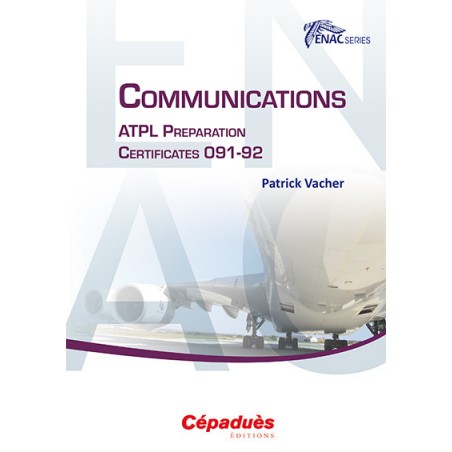Communications. ATPL Preparation Certificates 091-92 - ENAC
This book entilted Communications follows the EASA syllabus and learning objectives to train students for ATPL communication 091-092 certificates.
All the texts about VFR and IFR communications coming from different ICAO annex and documentations have been classified to obtain an understandable book.
This book, also includes at the end of each learning objectives, consolidation questions and answers.
Patrick Vacher has been a trainer in navigation and communication for many years at the ENAC.
| Référence : |
1118 |
| Nombre de pages : |
174 |
| Format : |
17x24 |
| Reliure : |
Broché |
Livres de l'auteur Patrick Vacher







